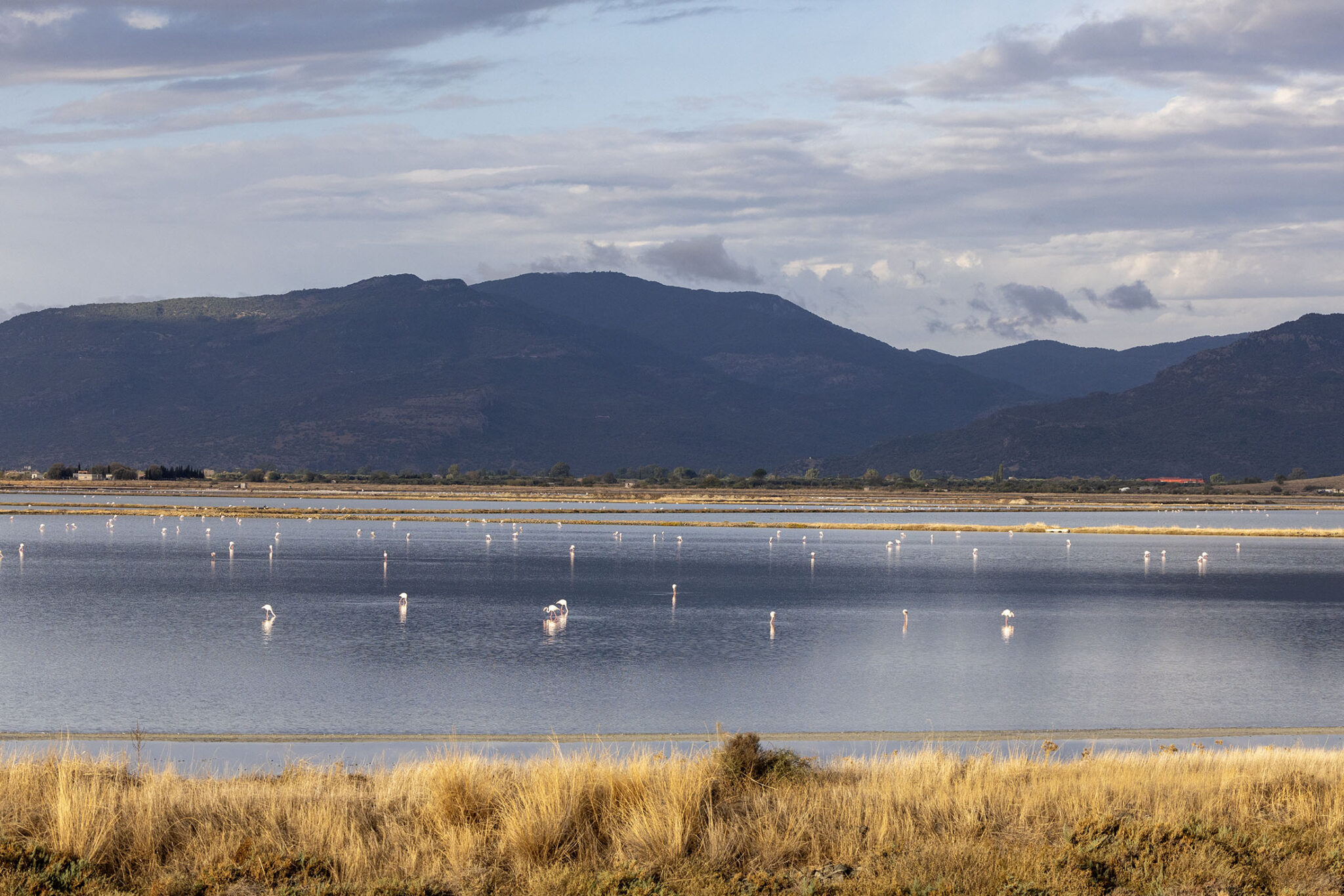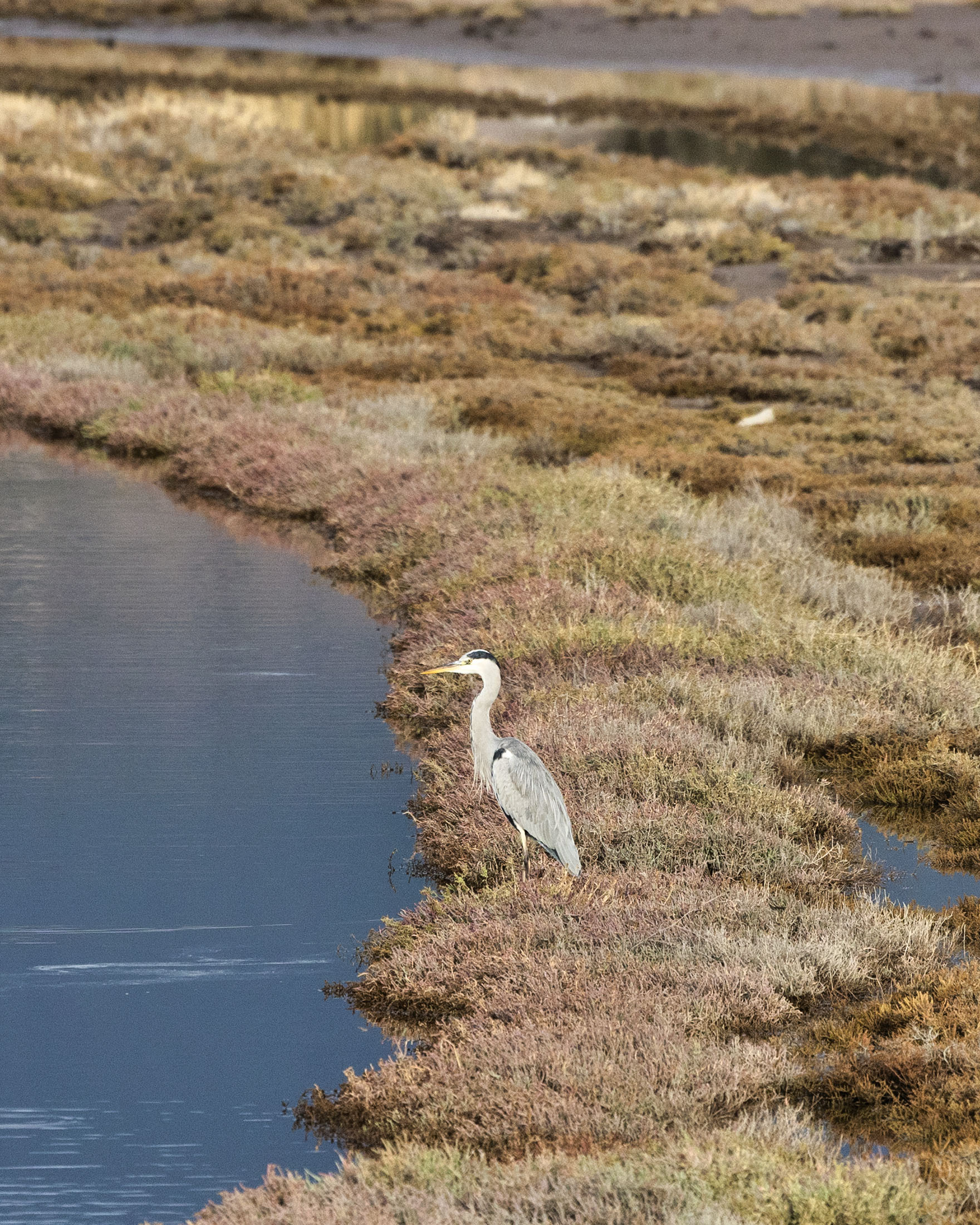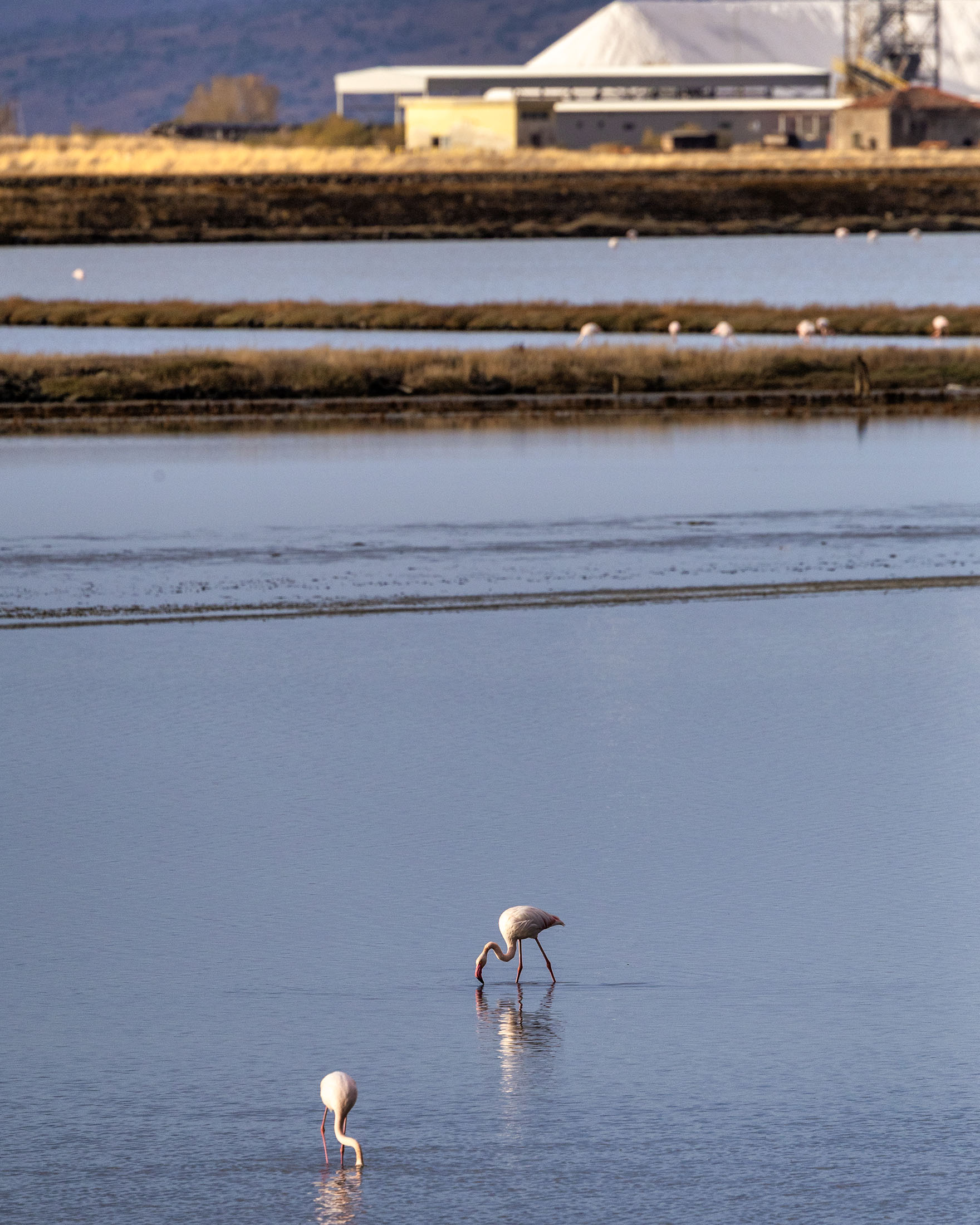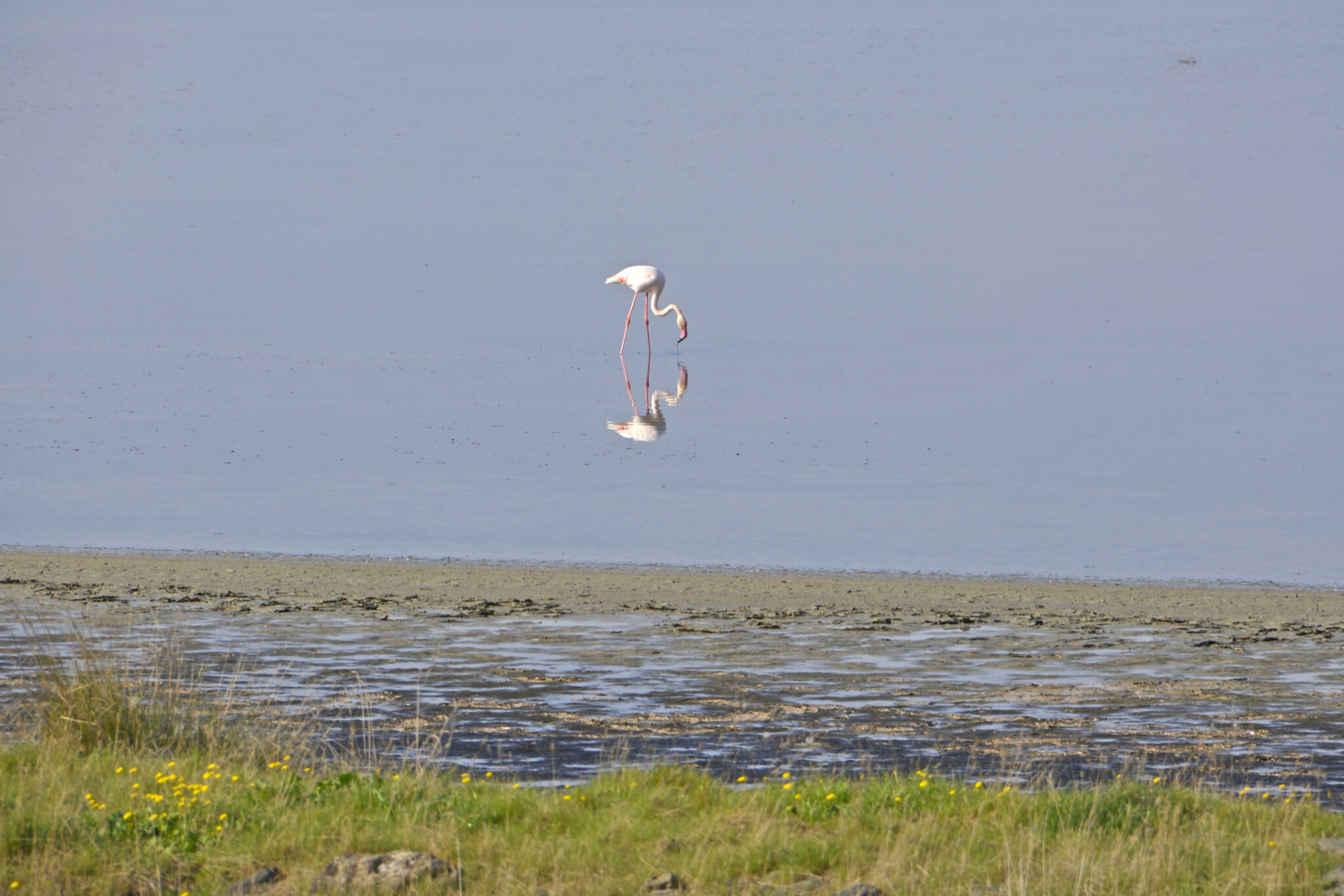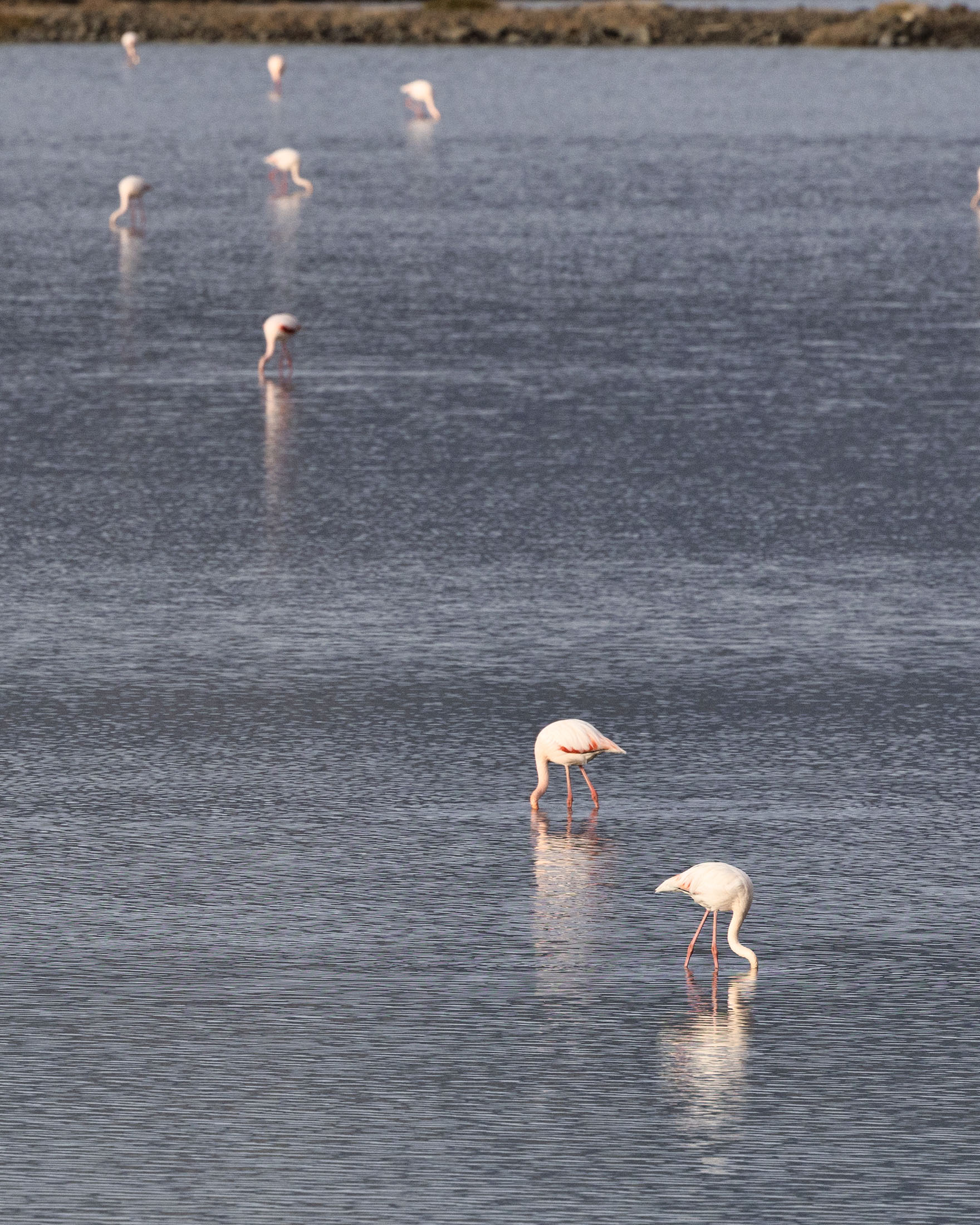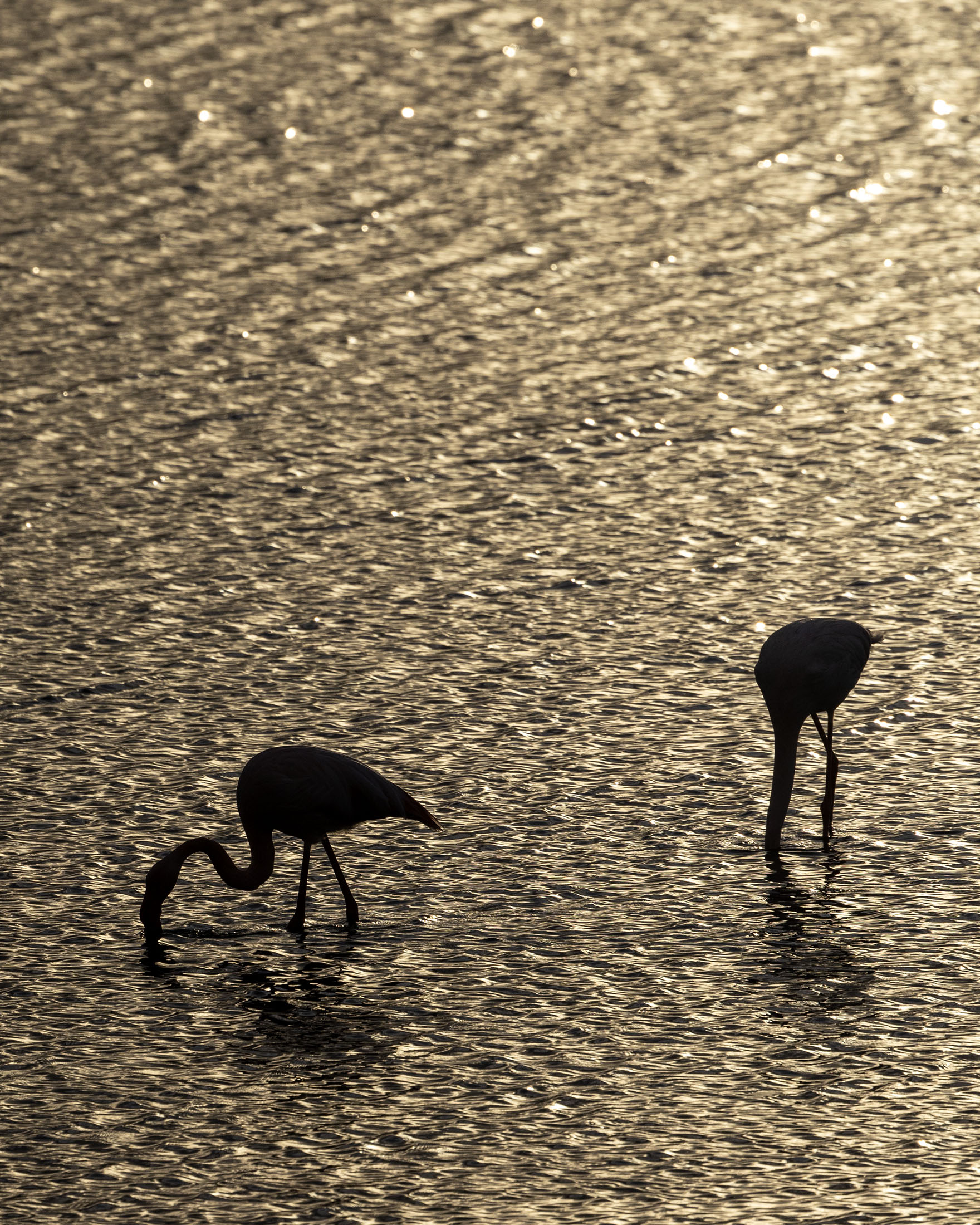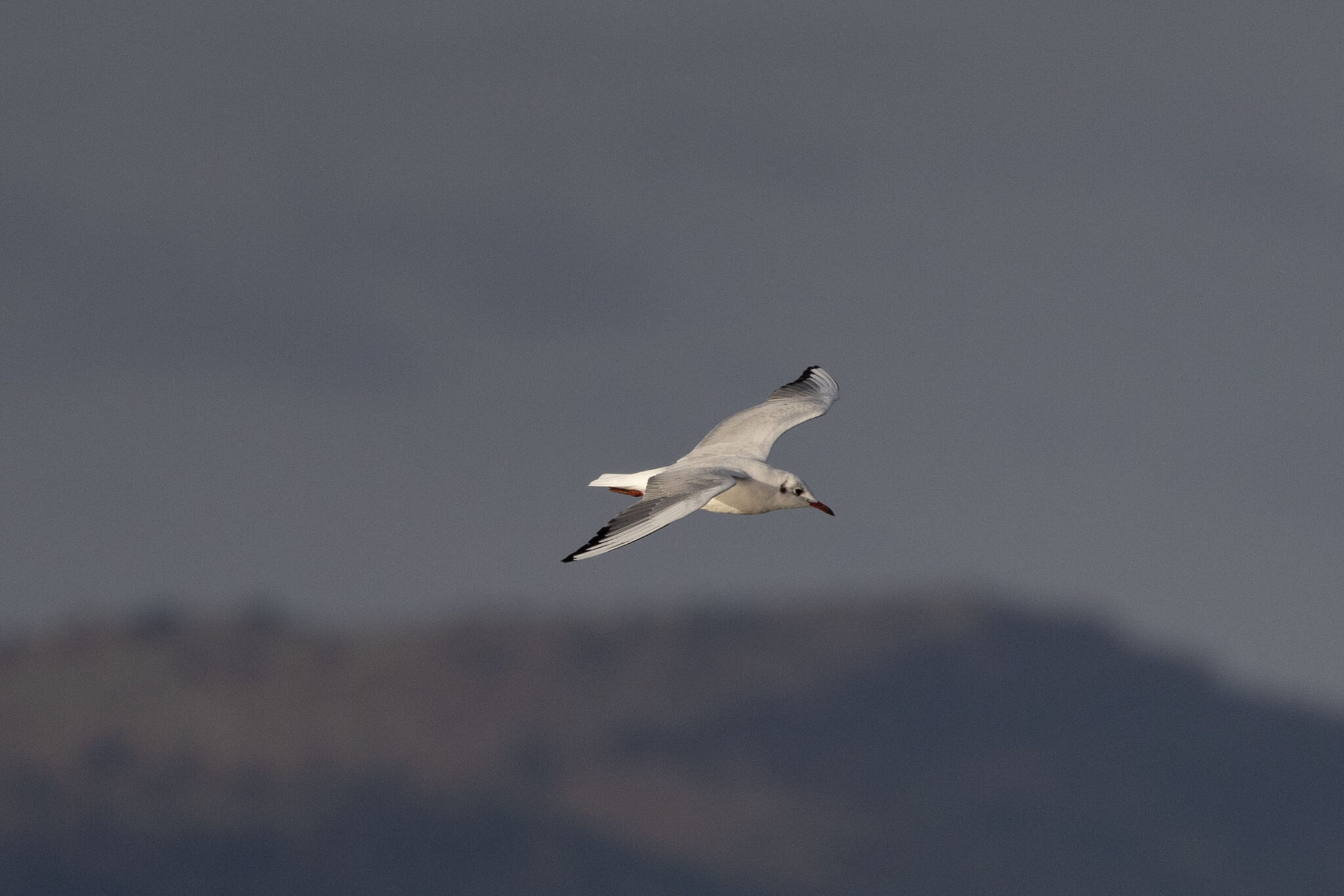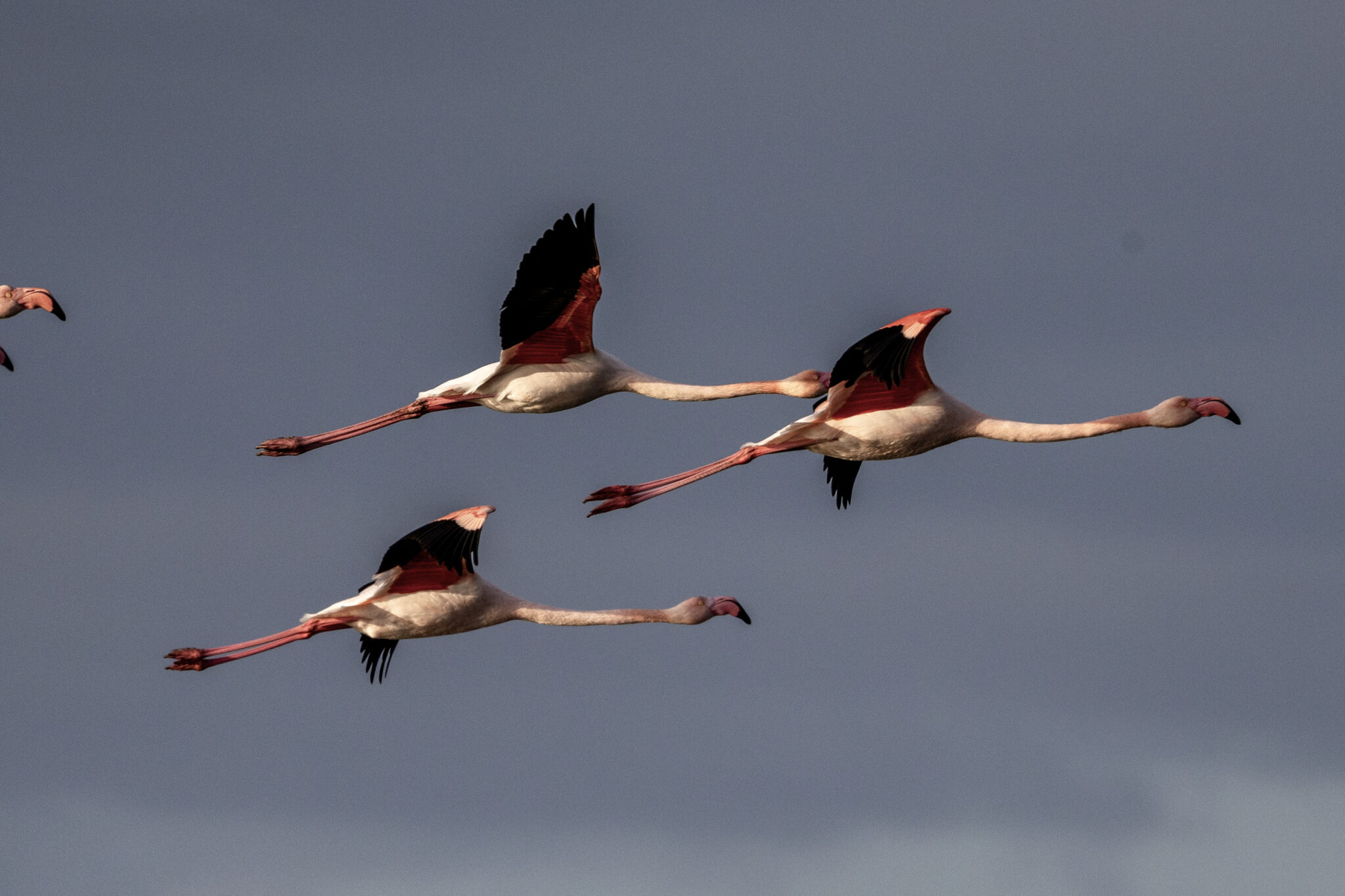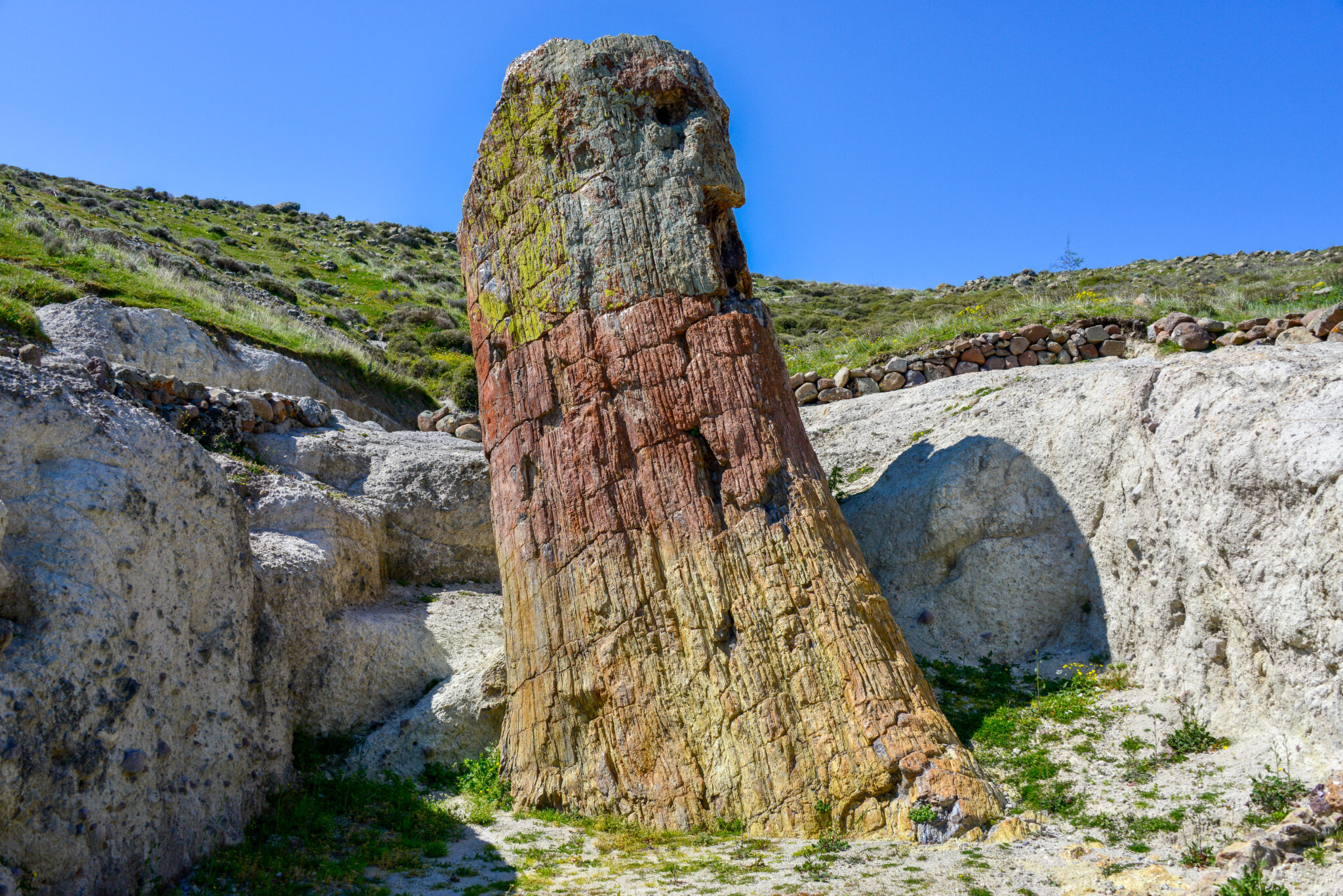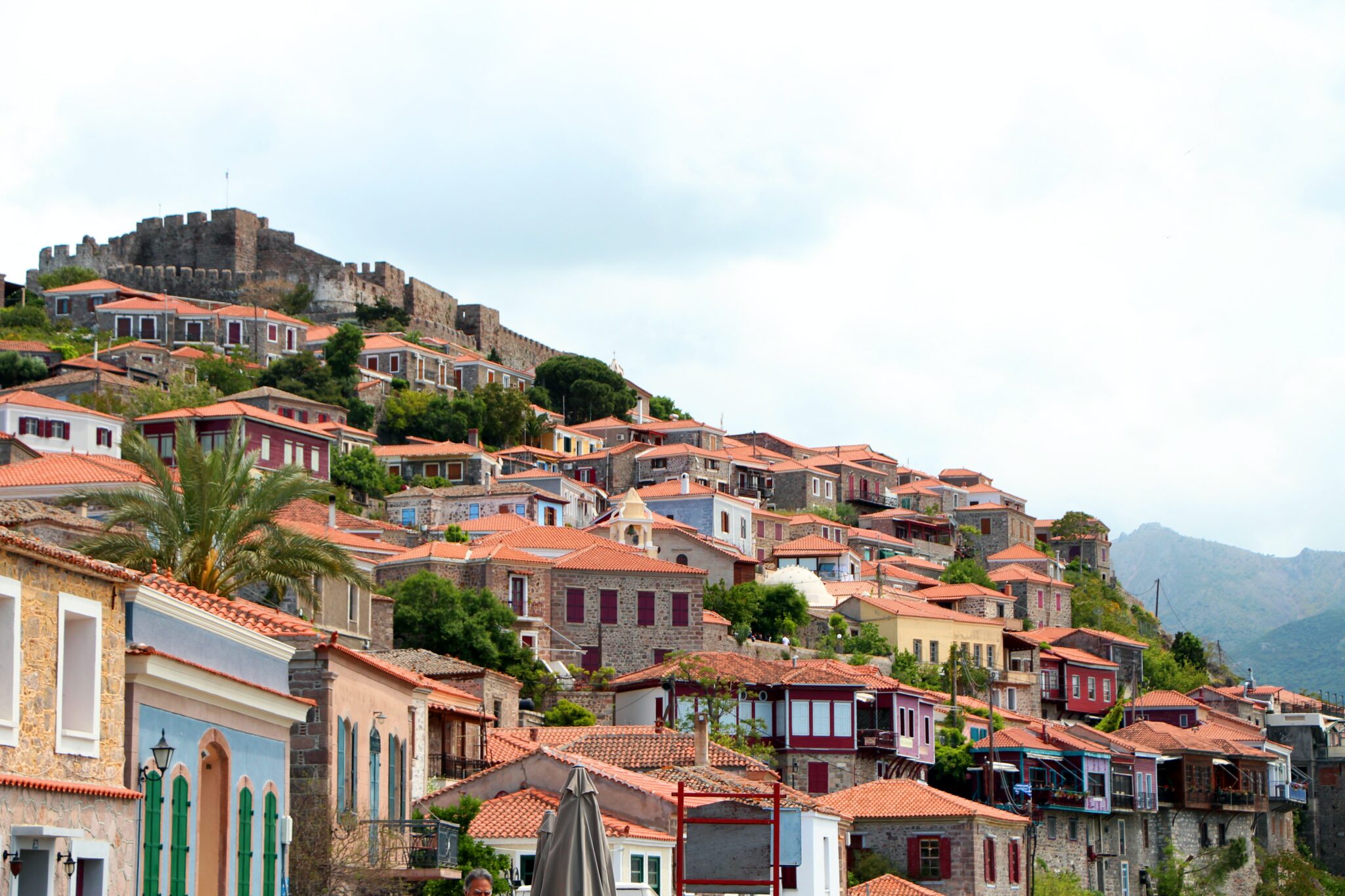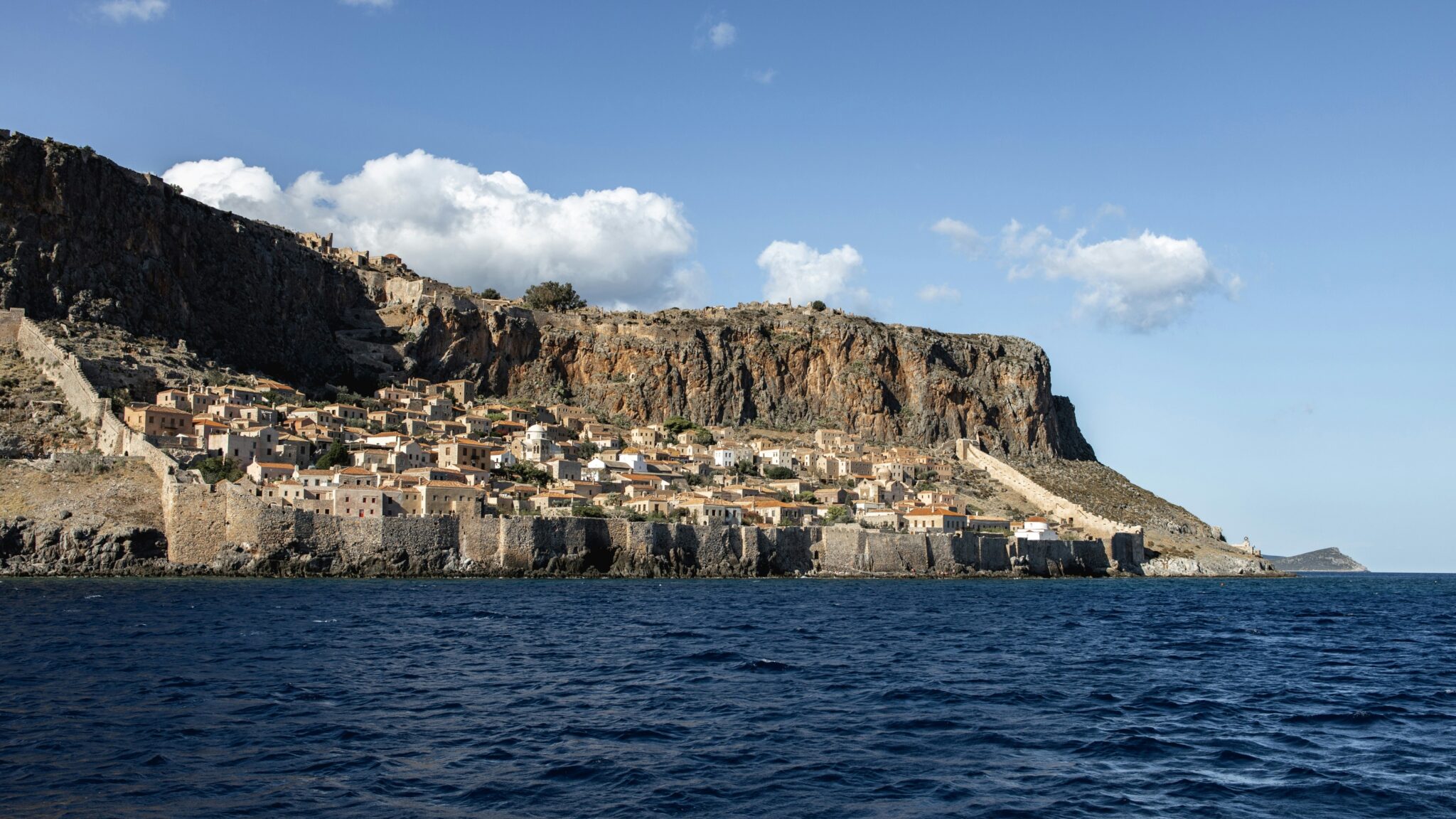Lesvos is a name that rings around the world, not least for its ouzo. Towns like Molyvos and Agiassos are picture-postcard Greek, no question. But there’s more to this island than just charming villages and stiff drinks. Take the Petrified Forest in Sigri – a natural marvel in its own right. Yet, it’s not the only spot in Lesvos drawing in those with a keen eye for nature. Let’s talk about the Gulf of Kalloni, roughly located in the island’s heart, cut off from the open Aegean Sea by a channel barely one kilometre wide. This unique setup creates an ecosystem that’s nothing short of intriguing.
The Gulf’s waters are warmer and saltier than the open sea, thanks to the reasons I just mentioned. Head north of the Gulf, near the small town of Kalloni and just east of Skala Kallonis, and you’ll find salt pans. But that’s not all – there’s a significant wetland there, home to a plethora of bird species. Among these are rarities like black storks, various herons and gulls, ferruginous ducks, avocets, and flamingos – or phoenicopterus, to use their fancy name. These stunning birds draw birdwatchers from across the globe. This isn’t a recent trend – the systematic observation of Kalloni’s wetlands and marshes started thousands of years ago, long before salt was harvested from the salt pans and the gulf was almost entirely a lagoon.
Aristotle’s Lagoon
The salt pans and the Gulf of Kalloni are internationally known as “Aristotle’s Lagoon.” Why? The great ancient philosopher, considered the founder of numerous sciences, spent time there studying animals, birds, and sea creatures. His findings were immortalised in his famed book “History of Animals.” Professor Armand Marie Leroi of Imperial College, London, a key figure in evolutionary biology, visited Kalloni and saw what Aristotle witnessed 2,500 years ago. He published his observations in a book and documentary titled ‘The Lagoon: How Aristotle Invented Science’. In Leroi’s work, the Gulf of Kalloni plays for Aristotle a similar role to that of the Galapagos Islands for Darwin in helping formulate evolutionary theory.
The significance of Lesvos‘ biodiversity in the history of science isn’t just about Aristotle and zoology. Theophastos, Aristotle’s friend and successor as head of the Peripatetic School in Athens, hailed from Eresos in Lesvos. His works, “Enquiry into Plants” and “On the Causes of Plants,” lay the foundations of botany. His observations and studies of Lesvos’ flora, including the vegetation around Kalloni’s salt pans, informed his writings.
Where Papalina Sardines Are Fished
The Gulf’s ecosystem also gives rise to Lesvos’ signature mezze – the pastes sardines of Kalloni, locally known as ‘papalina‘. These sardines are smaller, lighter in colour, and generally tastier than their deep-sea counterparts, thanks to the phenomenon of eutrophication. The enclosed nature of the gulf creates a unique natural fishery.
This is the time when “Greek sushi” comes into play. The sardines are briefly cured in coarse salt for a few hours and then eaten straight away. Note that almost all of the Kalloni sardine production is channelled into local fishmongers and restaurants, with only a small fraction going to small workshops for canning as ‘alipasta’. So, if you want a taste, you’re probably going to have to journey to Lesvos.
The Kalloni wetlands are just one of many spots on this large North Aegean island, making it a fitting destination for trips outside the summer season. Besides the aforementioned Molyvos, Agiassos, and the Petrified Forest in Sigri, it’s worth also visiting Plomari, the ouzo capital; exploring the grand architecture of Mytilene; and checking out the Theophilos Museum and the Teriade Museum, which houses Stratis Eleftheriadis’ art critic collection and features works by top 20th-century painters. We’ll reserve a special feature for the last one.
Read also:
The Vital Ecological Importance of Tenagi of Philippi
Venturing into Leonidio’s Architectural Splendour



